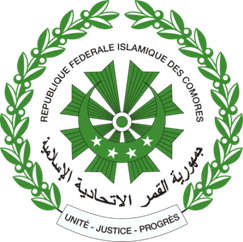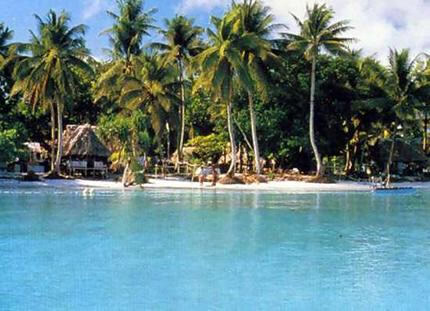Located on the Mozambique channel, in the Indian Ocean, Comoros is an African country formed by four islands, the three main ones being: Nzwani, Mwali and Ngazidja, which is home to the capital, Moroni. The national territory has no land borders, being between Mozambique and Madagascar.
The population of Comoros, mostly Islamic, is made up of about 691.3 thousand inhabitants. Most of the inhabitants live below the poverty line, that is, on less than $1.25 a day. The nation also has high rates of infant mortality (44 per thousand live births) and illiteracy: 25% of the population.
According to the report released in 2010 by the United Nations (UN), the Index of Human Development (HDI) of Comoros is only 0.428, occupying the 140th place in the world ranking, composed by 169 countries. The national economy is underdeveloped. The main sources of financial income are agriculture and tourism.

Coat of Arms of Comoros
Comoros Data:
Territorial extension: 2,235 km².
Location: Africa.
Capital: Moroni.
Tropical weather.
Government: Presidential Republic.
Administrative division: 3 semi-autonomous islands.
Language: Arabic, French and Comoros (officials).
Religions: Islam 98.3%, other 1.7%.
Population: 691,351 inhabitants. (Men: 346,938; Women: 344,413).
Demographic density: 309.3 inhab./km².
Average annual population growth rate: 2.3%.
Population residing in urban areas: 28.2%.
Population residing in rural areas: 71.8%.
Population with access to drinking water: 95%.
Population with access to sewage system: 36%.
Life expectancy at birth: 66.2 years.
Infant mortality rate: 44 for every thousand live births.
Human Development Index (HDI): 0.428 (low).
Currency: Comoros Franc.
Gross Domestic Product (GDP): $549 million.
GDP per capita: $785.
External relations: World Bank, IMF, UN.
By Wagner de Cerqueira and Francisco
Graduated in Geography
Brazil School Team


